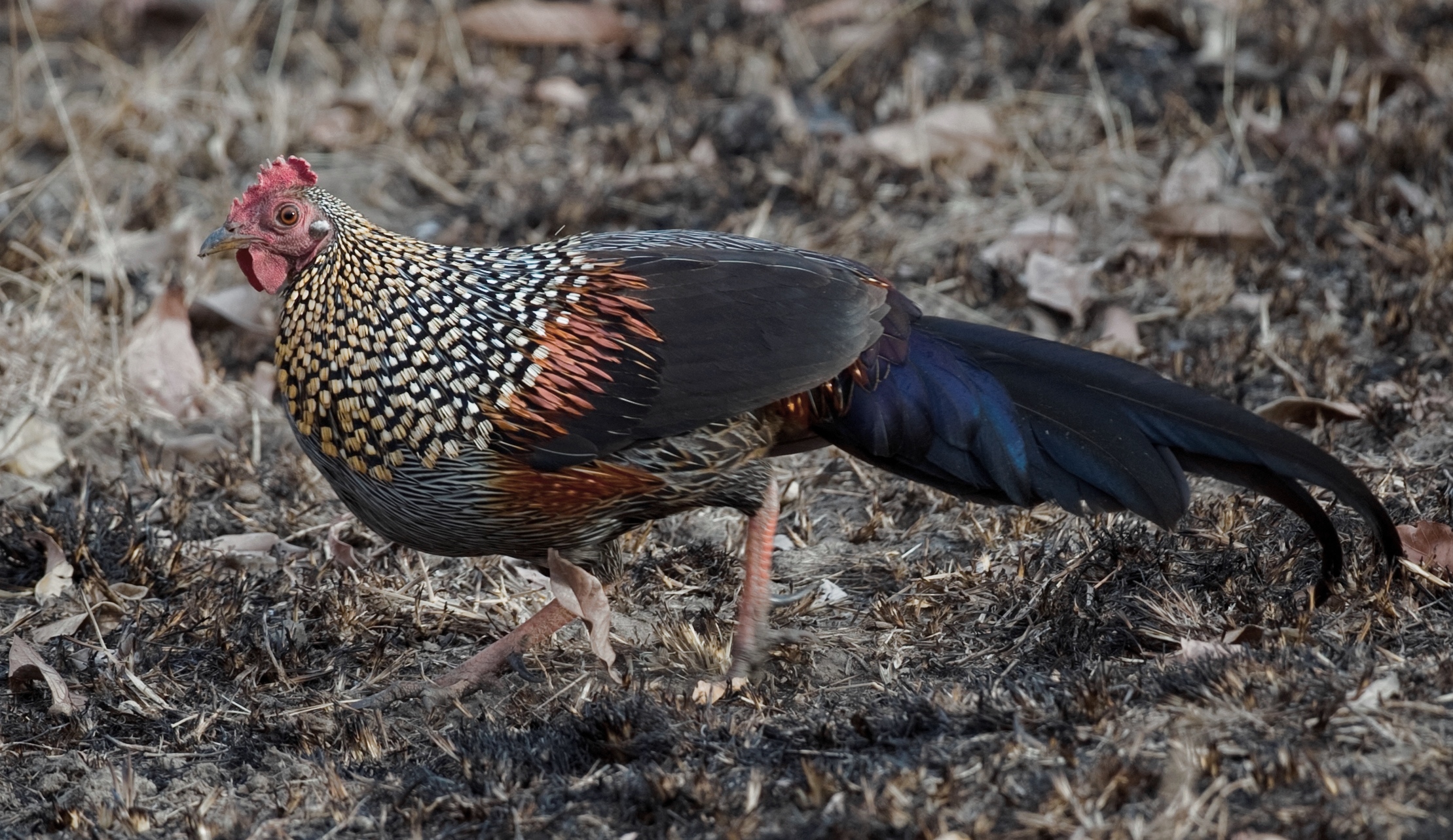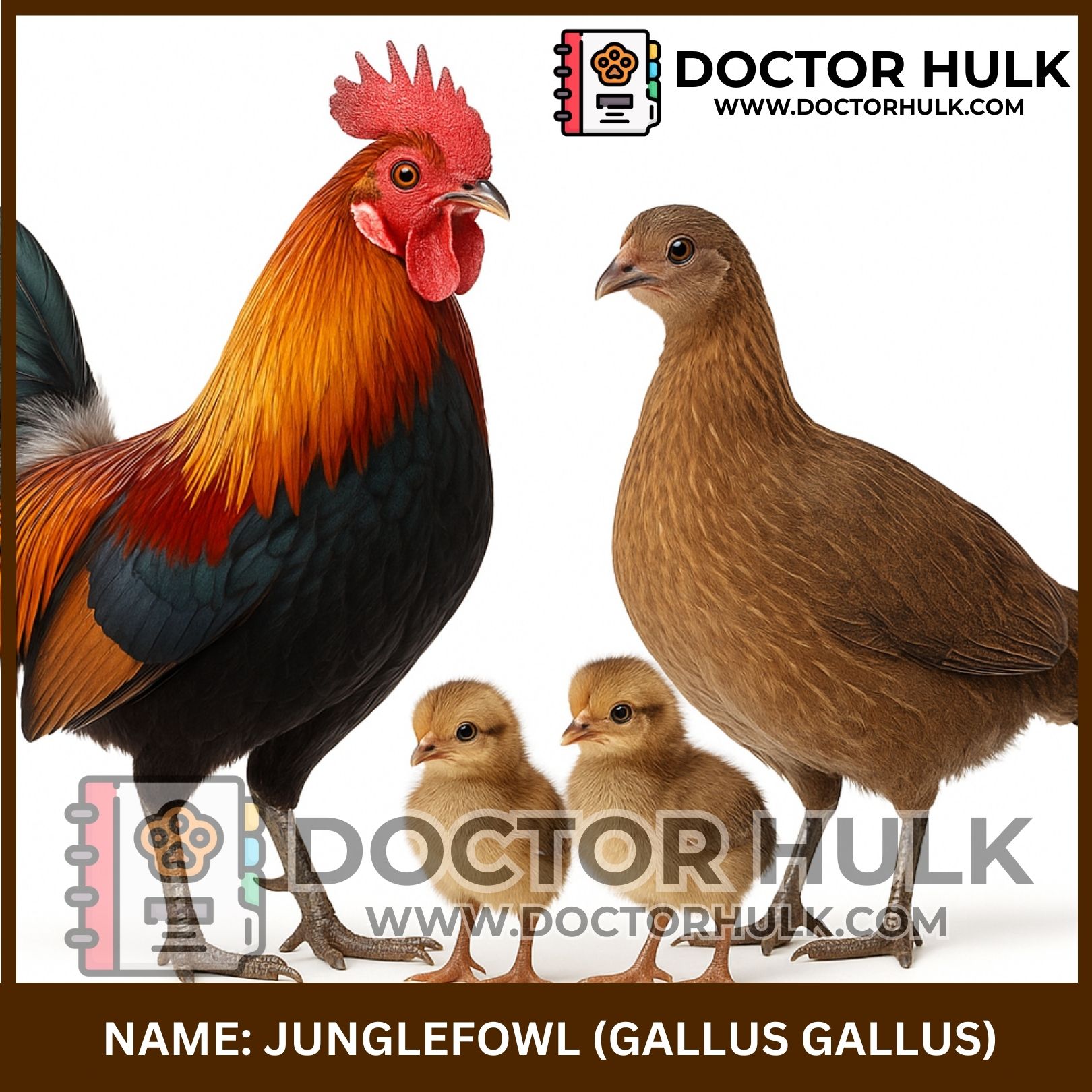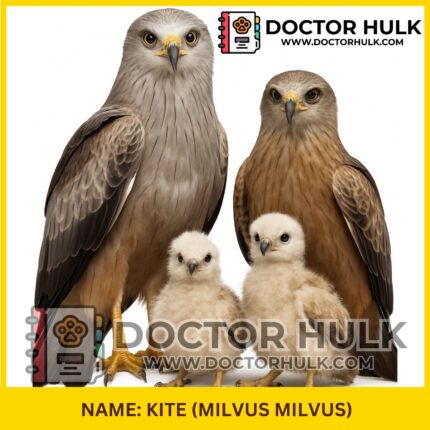The jungle fowl is a wild bird that looks like a chicken and lives in forests. In fact, it is the original bird that domestic chickens came from! Jungle fowls are colorful, active, and strong survivors in the wild.
Scientific Classification
-
Kingdom: Animalia
-
Phylum: Chordata
-
Class: Aves
-
Order: Galliformes
-
Family: Phasianidae
-
Genus: Gallus
-
Main Species: Gallus gallus (Red Junglefowl)
Common Names
-
Jungle Fowl
-
Wild Chicken
-
Red Junglefowl
-
Bush Hen (in some local languages)
Geographic Distribution
Jungle fowls are found mostly in:
-
Southeast Asia (India, Thailand, Malaysia, Indonesia)
-
Southern China
-
Some live in forest edges, bushlands, and farmlands
 Image showing a wild jungle fowl roaming freely in a forest clearing (Source: Freepik)
Image showing a wild jungle fowl roaming freely in a forest clearing (Source: Freepik)
Physical Characteristics
-
Size: About 40–75 cm long
-
Weight: 0.5 to 1.2 kg
-
Male (Rooster): Colorful feathers, red, gold, green, and black
-
Female (Hen): Brown or dull-colored to blend with surroundings
-
Comb & Wattles: Red and fleshy on males
-
Tail Feathers: Males have long, curved tail feathers
Types of Jungle Fowl
1. Red Junglefowl (Gallus gallus)
 Image showing brightly colored red junglefowl male in the wild (Source: Thai National Parks)
Image showing brightly colored red junglefowl male in the wild (Source: Thai National Parks)
-
Most common and ancestor of domestic chicken
-
Males crow loudly like farm roosters
-
Found across South and Southeast Asia
2. Grey Junglefowl (Gallus sonneratii)
 Image showing grey junglefowl male with striking speckled feathers (Source: Wikipedia)
Image showing grey junglefowl male with striking speckled feathers (Source: Wikipedia)
-
Native to India
-
Has grey and black plumage with orange-yellow legs
-
Known for its fast, short flights
3. Green Junglefowl (Gallus varius)
 Image showing a shiny green and bronze junglefowl in Indonesia (Source: Wikipedia)
Image showing a shiny green and bronze junglefowl in Indonesia (Source: Wikipedia)
-
Native to Indonesia
-
Shiny, greenish feathers
-
Quieter than red junglefowl
Jungle Fowl Behavior
-
Active during the day (diurnal)
-
Roost in trees at night to stay safe
-
Scratches the ground for food
-
Males fight for females during breeding season
-
Hens lay eggs in hidden nests on the ground
What do they eat?
Jungle fowls are omnivores, meaning they eat both plants and animals:
-
Seeds and grains
-
Insects and worms
-
Fruits and small lizards
-
Roots and fallen leaves
They scratch the ground like chickens to find food.
Fun facts about Jungle Fowls
-
Domestic chickens are descendants of the red junglefowl.
-
Males crow to show power and mark territory.
-
Hens lay 5 to 10 eggs in hidden nests.
-
Jungle fowls can fly short distances, especially to escape danger.
-
They were first domesticated over 8,000 years ago.
Importance to Humans
Positive Roles:
-
Source of domestic chicken breeds
-
Adds to forest biodiversity
-
Studied by scientists to learn about animal behavior and evolution
-
Some communities still hunt or raise them for traditional use
Challenges:
-
Habitat loss from farming and buildings
-
Hunting in some areas
-
Mixing with farm chickens reduces pure bloodlines
Health & common issues
Wild jungle fowls are usually hardy, but in captivity or near human areas they may face:
Common Issues:
-
Respiratory infections (cold-like symptoms)
-
Parasites like lice and worms
-
Injuries from predators
-
Nutritional problems if not fed well
Veterinary Care Tips:
-
Clean, dry coop if kept in captivity
-
Balanced feed with vitamins
-
Deworming and parasite checks
-
Protection from predators like dogs or snakes
Conservation Status
-
Most jungle fowl species are not endangered, but some populations are shrinking
-
The green junglefowl is more at risk due to limited range
-
Protected in national parks and wildlife reserves
Jungle Fowl vs Chicken
| Feature | Jungle Fowl | Domestic Chicken |
|---|---|---|
| Lifestyle | Wild, lives in forest | Tame, lives on farms |
| Size | Smaller and lighter | Heavier and broader |
| Noise | Males crow loudly | Also crow but vary by breed |
| Eggs | Fewer and smaller | Bigger and more frequent |
| Colors | More natural and shiny | Varies (depends on breed) |
In case you have poultry questions or need avian care, don’t hesitate to reach out to us at Doctor Hulk Veterinary Hospital or call 08143397614.















Reviews
There are no reviews yet.